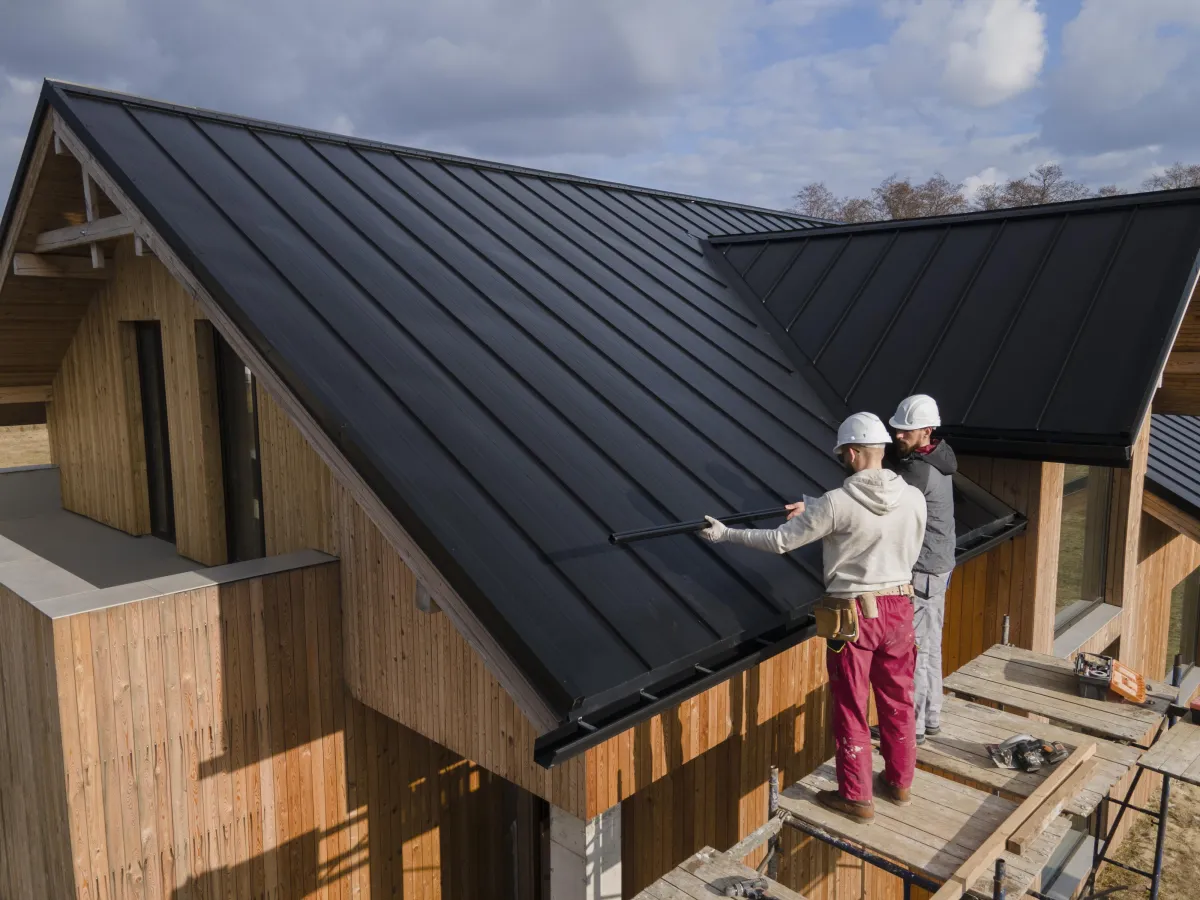
The Complete Guide to Roof Underlayment: Your First Line of Defense
When it comes to roofing projects, what lies beneath your shingles can make or break your entire investment. Roof underlayment serves as your home's first line of defense against water infiltration, yet it's often overlooked. At BCP Inc., we've seen how proper underlayment selection can extend roof life by decades.
What is Roof Underlayment?
Roof underlayment is a water-resistant barrier installed directly onto your roof deck, beneath all other roofing materials. This critical layer provides backup protection when your primary roofing material fails or allows water penetration.
Why Underlayment Matters
Modern building codes require underlayment because it:

Prevents water damage during installation and from minor leaks
Provides temporary protection if shingles blow off during storms
Reduces ice dam damage in cold climates
Improves overall roof system performance and longevity
Types of Roof Underlayment
Asphalt-Saturated Felt (Traditional Choice)
Pros:
Most cost-effective option
Widely available and familiar to contractors
Adequate protection for standard applications
Cons:
Susceptible to tearing in high winds
Can wrinkle when wet, creating water pockets
Limited UV exposure tolerance
Best for: Budget-conscious projects in moderate climates.
Synthetic Underlayment (Modern Performance)
Pros:
Superior tear resistance and durability
Lightweight and easier to handle
Extended UV exposure tolerance (up to 6 months)
Better walkability for contractors
Cons:
Higher upfront cost than felt
Best for: Premium projects, severe weather areas, or roofs exposed for extended periods.
Rubberized Asphalt (Ice and Water Shield)
Pros:
Self-sealing around nail penetrations
Excellent ice dam protection
Superior water resistance
Cons:
Most expensive option
Can be difficult to remove if replacement needed
Best for: Valleys, eaves, skylights, and areas prone to ice dams.
Installation Best Practices
Key Installation Tips
1. Start at the Eaves Begin at the lowest point, ensuring proper overlap with gutters.
2. Maintain Proper Overlap
Horizontal overlaps: minimum 2 inches
Vertical overlaps: minimum 6 inches
3. Use Correct Fasteners Space fasteners according to manufacturer specifications and avoid over-driving.
4. Weather Considerations Don't install on wet surfaces or in high winds.
Choosing the Right Material
Climate Considerations
Hot, Dry Climates: Synthetic offers better UV resistance Cold, Wet Climates: Consider rubberized asphalt in vulnerable areas High Wind Areas: Synthetic provides superior tear resistance
Budget vs. Performance
While felt costs 30-50% less upfront, synthetic options often provide better long-term value through reduced installation time, better durability, and extended roof life.
Common Mistakes to Avoid
Insufficient Overlap: Creates vulnerable seams
Wrong Fasteners: Using roofing nails instead of cap nails
Ignoring Manufacturer Guidelines: Each product has specific requirements
Using Felt in High-Wind Areas: Traditional felt can't handle severe weather stress
The BCP Inc. Advantage
At BCP Inc., we provide construction professionals with materials that perform when it matters most. Our underlayment selection includes only products proven in real-world conditions across diverse climates.
Our Recommended Approach
Assess your specific conditions - climate, roof design, and budget
Choose appropriate materials for each area of the roof
Follow manufacturer guidelines for installation
Plan for long-term performance, not just initial cost
Conclusion
Roof underlayment might be hidden from view, but its impact on your roofing system's performance is undeniable. The investment in quality underlayment pays dividends through reduced callbacks, satisfied customers, and roofing systems that perform as designed.
Ready to explore our complete selection of premium roof underlayment options? Visit bcpinc.us or contact our technical support team for personalized recommendations.